
History is filled with fascinating moments, many of which are lesser-known. While figures like Cleopatra, Butch Cassidy, and Marie Antoinette often dominate the headlines, there’s so much more to their stories. It’s time we uncover some of the most overlooked events that shaped the past in more ways than one.
Louis XVI And Marie Antoinette’s Botched Escape

In 1791, the royal family nearly escaped the French Revolution. Disguised and fleeing toward the Austrian border, they were recognized in Varennes—partly because Louis’ face appeared on coinage. The failure turned public opinion irreversibly, and two years later, both were executed. Their escape plan was bold but fatally miscalculated.
Subotai’s Double Invasion

Subotai, Genghis Khan’s top general, orchestrated one of history’s most mind-bending feats: invading Hungary and Poland simultaneously in 1241. He controlled armies across about 500 miles using relay riders and precise timing. Though his name’s rarely taught in schools, his battlefield strategies still baffle military historians today.
Rasputin’s Real Cause Of Death

Rasputin didn’t survive poison, bullets, and drowning—that’s mostly legend. Modern reports show he died from a close-range gunshot, possibly after being beaten. His murderers, aristocrats desperate to curb his influence over the tsarina, exaggerated the story to cover their actions. The truth is strange enough without the mythmaking.
The Real Gunslinging Outlaw Belle Starr

Forget Calamity Jane—Belle Starr actually lived outside the law. Known as the “Bandit Queen,” she ran with Jesse James, dressed like a man, and was arrested multiple times. She even rode armed through Indian Territory. Her unsolved murder in 1889 only deepened her legend, one rarely mentioned in schoolbooks.
Australia’s Great Emu War

In 1932, Australian soldiers armed with machine guns went to war with emus, wrecking wheat crops. The emus outran the bullets, regrouped in flocks, and dodged traps. After thousands of rounds and very few dead birds, the military admitted defeat.
Butch Cassidy’s Bolivian Finale
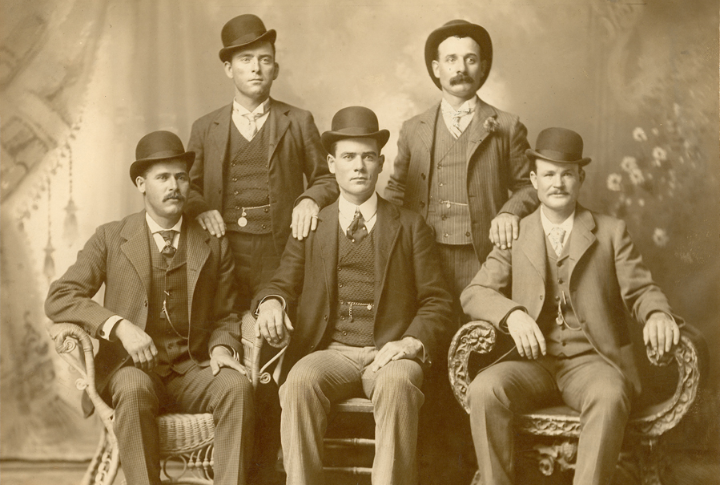
After their Wild West run, Butch Cassidy and the Sundance Kid fled to Bolivia, hoping to retire quietly. Instead, they allegedly robbed a payroll mule train and were cornered by soldiers. Some claim they died in the 1908 shootout; others say they escaped. Either way, their story didn’t end in Utah.
Poland’s Forgotten Codebreakers

Before Bletchley Park and Turing, Polish mathematicians cracked early Enigma codes in 1932. They shared their work with the British, laying the groundwork for Allied success. Their contributions are often overlooked, even though they risked everything to stay ahead of German cryptography and helped change the course of the war.
The Trojan Horse Was Likely A Metaphor
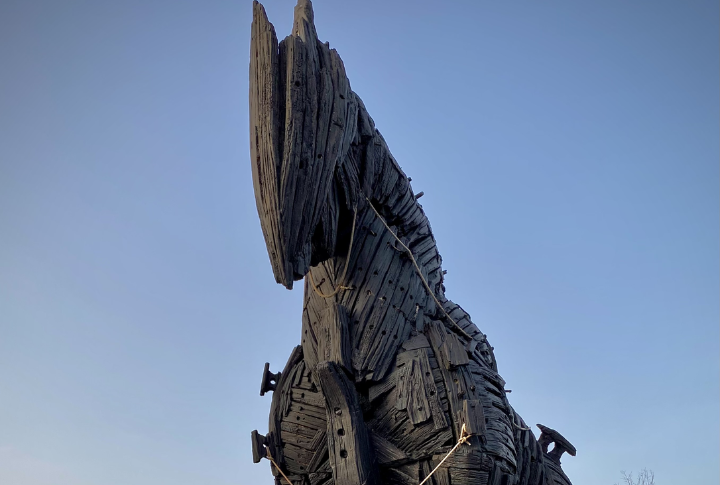
Archaeologists suspect the Trojan Horse was never a literal wooden statue but a poetic stand-in for siege tactics or an earthquake that breached Troy’s walls. Homer’s version mythologized it, but the story’s strange staying power shows how fiction and history can merge—and how easily war stories get rewritten.
The Roanoke Colony’s Vanishing
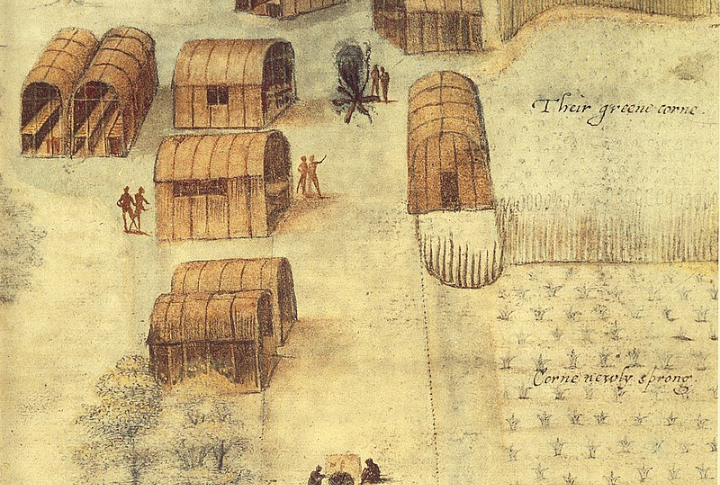
In 1587, over 100 settlers vanished from Roanoke Island. All that remained was the word “Croatoan” carved into a post. Some historians believe they joined nearby tribes, but no definitive proof ever emerged. Despite modern digs and DNA testing, the colony’s fate remains one of America’s oldest mysteries.
Hatshepsut: The Pharaoh Erased

Hatshepsut ruled Egypt for two decades, expanded trade, and built massive temples. After her demise, her name was removed from monuments—possibly by her successor Thutmose III. For years, her story was buried. Only in recent decades did historians piece it together, restoring her as one of Egypt’s greatest rulers.
Einstein Didn’t Fail Math

Einstein didn’t struggle with numbers. He mastered college-level physics as a teenager. What he clashed with was rigid schooling and rote memorization. His independent streak was seen as rebellion, but it foreshadowed a mind unwilling to accept convention. The “bad student” myth persists, but the reality is more nuanced.
Bonnie And Clyde’s Ugly Reality

Bonnie and Clyde weren’t the romantic outlaws often depicted. They were desperate and brutal. Their robberies led to the deaths of both civilians and law enforcement. While Clyde’s driving skills helped them evade capture, their lives were marked by hardship and violence. The glamorous images of Bonnie and Clyde endure, but the true story remains rooted in poverty and sorrow.
Titanic’s Band Played To The End

As the Titanic sank in 1912, Wallace Hartley and his fellow musicians kept playing, possibly “Nearer, My God, to Thee.” Survivors said the music soothed passengers in chaos. All eight band members died. Their bravery, often overshadowed by the ship’s scale, remains one of the disaster’s most haunting stories
The Children’s Crusade Disaster
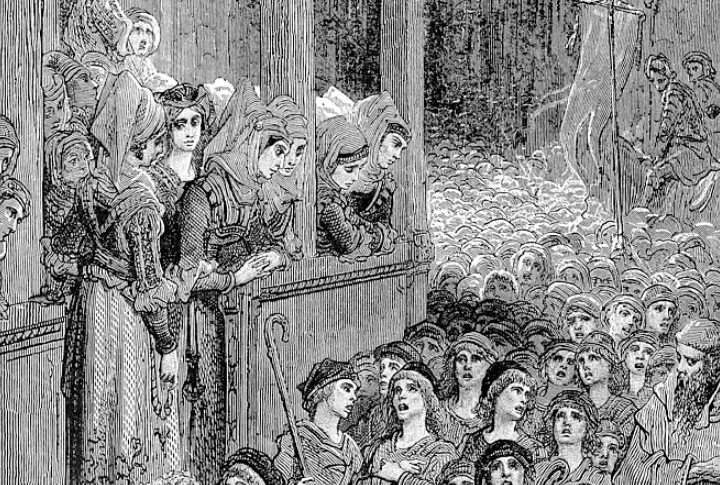
In 1212, thousands of children set out from France and Germany to “peacefully reclaim” Jerusalem. Most never made it. Many perished from illness or hunger; others were tricked onto slave ships. Historians debate how much of it truly happened, but the tragedy likely sprang from real religious fervor and manipulation.
Amelia Earhart’s Hidden Feats

In 1932, Amelia Earhart made history by becoming the first woman to fly solo across the Atlantic, marking just one of her many groundbreaking achievements. She also helped found The Ninety-Nines, an association for female pilots. Her advocacy for women’s rights was as daring as her aviation. Her 1937 disappearance sealed her mythic legacy.
Jane Austen’s Anonymous Success

Jane Austen never put her name on her books during her lifetime. Her novels were published as “By a Lady.” Only after her passing in 1817 did her brother reveal her authorship. She turned domestic life into literary gold while living quietly and writing in secret, often by candlelight.
Franz Ferdinand’s Death Was A Fluke
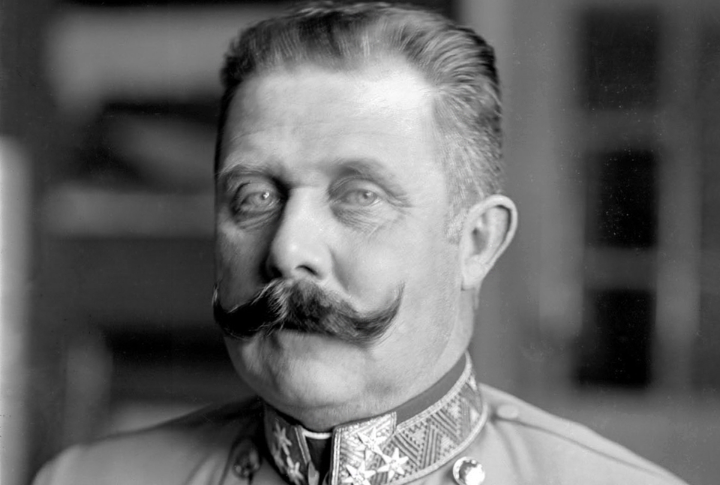
Archduke Franz Ferdinand’s assassination, which triggered World War I, almost didn’t happen. The initial attempt failed, and his convoy changed its route. However, fate intervened when his car stopped near Gavrilo Princip, who happened to be at a cafe. Seizing the chance, Princip fired, setting off global conflict.
Spartacus Nearly Beat Rome

Spartacus didn’t just lead a slave revolt—he routed Roman forces repeatedly. At its height, his rebel army may have numbered 120,000. They marched from southern Italy toward freedom, even considering a push on Rome. The empire eventually crushed the rebellion, but not before it suffered major humiliation.
Cleopatra Was Always Strategizing

Cleopatra’s liaisons with Julius Caesar and Mark Antony weren’t about romance. They were political calculations. She used those alliances to secure Egypt’s independence and solidify her reign. Far from being seduced, she was maneuvering in a dangerous world dominated by Rome. Her intellect, not beauty, made her unforgettable.
The Salem Trials Were Personal
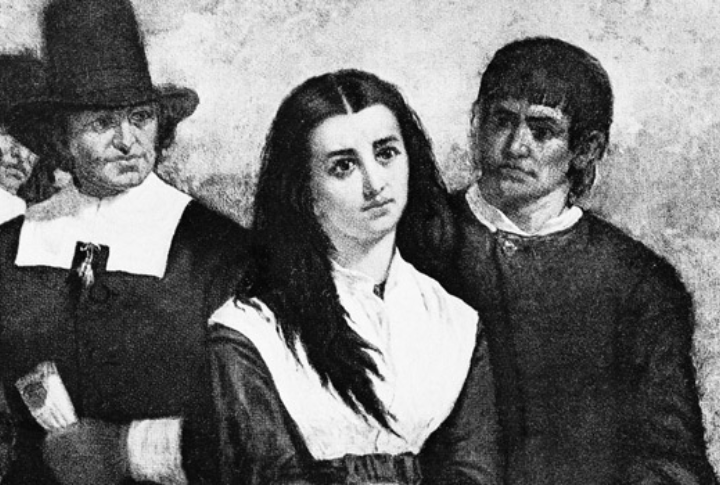
The Salem Witch Trials were more than random accusations. They were influenced by personal conflicts, property disputes, and religious tensions. Allegations were often directed at outspoken individuals or landowners. Nineteen people were executed, and over 150 others were imprisoned.

